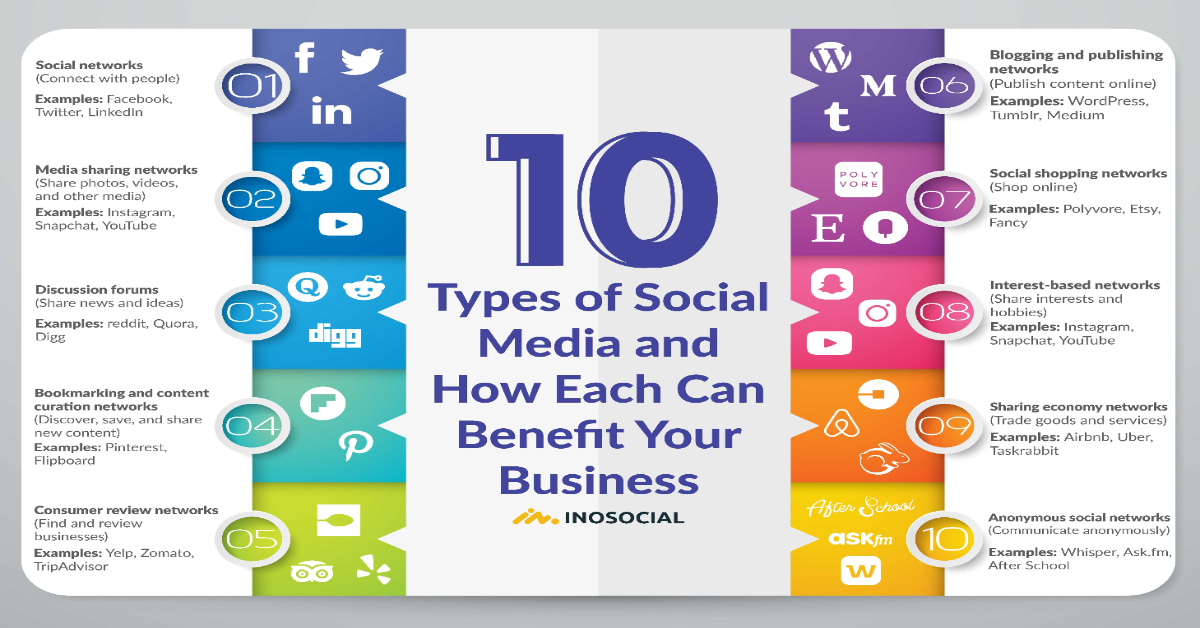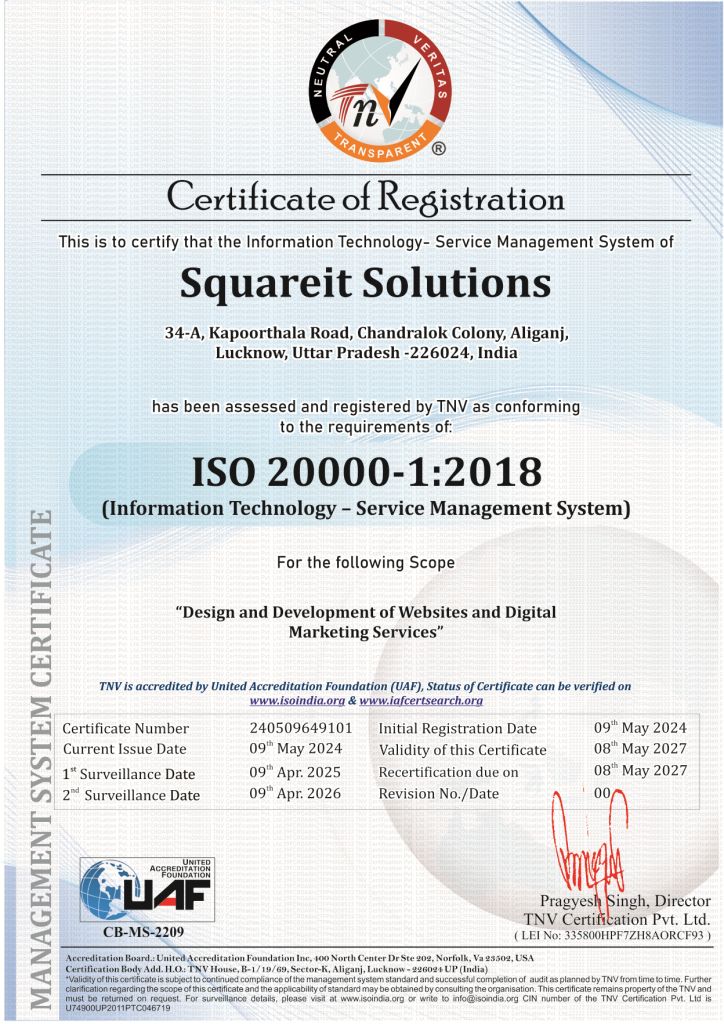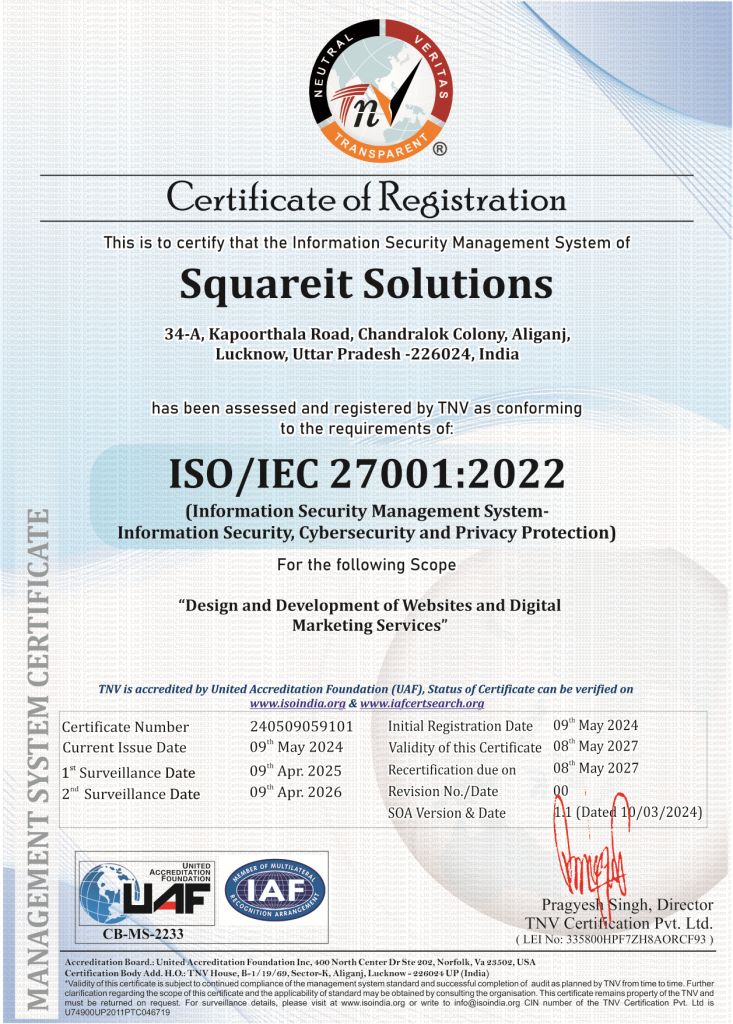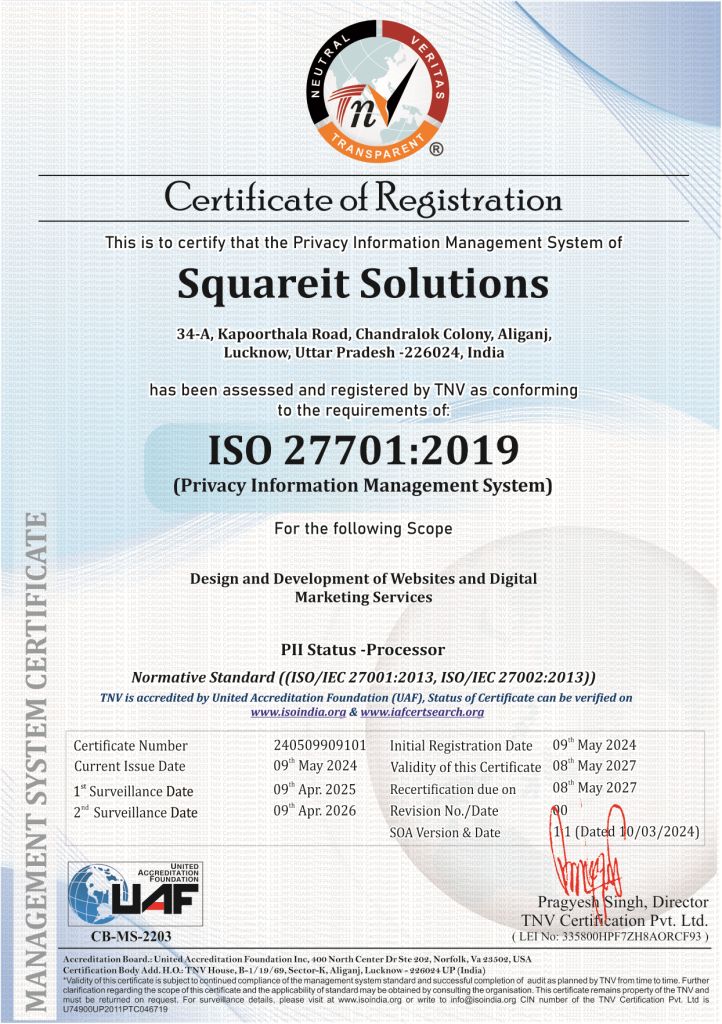The vast potential of Social Media Optimization tools, offering invaluable insights and strategies to enhance your digital marketing.
In today’s fast-paced digital world, social media optimization (SMO) has become the backbone of every successful marketing campaign. For Gen Z in India, social media is not just a way to connect with friends; it’s a career opportunity, a marketplace, and even a stage to showcase creativity. With millions of creators, influencers, and brands competing for attention, the secret weapon to stand out lies in using the best SMO tools.
Whether you are an aspiring influencer, a digital marketer, or a startup owner, exploring all SMO tools can help you grow followers, boost engagement, and even drive sales. Let’s dive deep into why smo tools are a must-have in 2025 and how AI tools to boost Instagram are reshaping the future of digital marketing.
Why SMO Tools Matter in Today’s Digital Era
Social Media Optimization is more than posting reels or stories. It’s about:
-
Reaching the right audience at the right time.
-
Creating meaningful engagement instead of vanity likes.
-
Using analytics to track performance.
-
Boosting conversions with shoppable content and AI-powered insights.
With AI SMO tools, marketers can automate repetitive tasks, analyze trends, and personalize strategies for platforms like Instagram, YouTube, and Facebook.
For example, if you are an Indian fashion influencer targeting Gen Z, SMO tools can tell you when your audience is most active, which hashtags are trending, and even suggest captions that resonate with your followers. That’s the kind of smart optimization today’s digital space demands.
Top Features of All SMO Tools Every Marketer Needs
Here’s a quick overview of what the best smo tools bring to the table:
These features save time, improve efficiency, and most importantly, maximize engagement.
All SMO Tools for Instagram Growth
Instagram remains the favorite platform for Gen Z. If you’re wondering how to grow your followers and engagement, here’s how all SMO tools Instagram can help:
-
Hashtag Optimization: AI generates trending hashtags for your niche.
-
Follower Tracking: Tools give you real-time updates on new followers and unfollows.
-
Content Insights: Understand which type of posts (reels, carousels, or stories) perform best.
-
Post Scheduling: Upload content at peak times when your audience is most active.
-
AI Captioning: Some AI SMO tools even generate catchy captions tailored for Indian slang and Gen Z language.
Pro Tip: Tools like AI SMO Tools can even analyze trending reels and recommend content ideas to keep your account “viral-ready.”
How SMO Tools for Followers Can Boost Engagement
One of the most common goals for young creators and businesses is increasing followers. But blindly chasing numbers isn’t enough. SMO tools for followers ensure that growth is organic and engagement is real.
Benefits of using follower-focused SMO tools:
-
Identify authentic followers vs. bots
-
Track audience demographics (age, location, gender)
-
Run follower polls and surveys to improve engagement
-
Engage with loyal followers using automation
Imagine being able to track which 100 followers interact with you the most and rewarding them with shoutouts or giveaways. This builds a stronger community and increases trust, both of which are essential for brand collaborations.
AI SMO Tools – The Game Changer
Artificial Intelligence has completely changed the way we approach SMO. With AI SMO tools, you no longer need to guess what works; the tool does the heavy lifting.
Benefits of AI SMO Tools:
-
Personalized content recommendations
-
Automated caption and hashtag generation
-
Predicting the best posting time
-
Sentiment analysis for audience feedback
-
AI-powered video editing suggestions
For example, if you are a food blogger in India, AI tools can track what food-related hashtags are trending this week and even suggest a reel idea like “5 Under ?100 Street Foods in Delhi.” That’s the power of AI tools to boost Instagram—it merges creativity with real-time data.
Step-by-Step Guide: Using SMO Tools Like a Pro
Here’s a simple roadmap for Indian Gen Z marketers to unlock SMO power:
Step 1: Choose the Right Tool
Select an SMO tool that fits your needs, whether it’s content scheduling, analytics, or AI-driven insights.
Step 2: Define Your Goals
Do you want more followers, more engagement, or more sales? Setting goals helps tools deliver better results.
Step 3: Analyze & Experiment
Track what’s working through analytics dashboards and experiment with new strategies like reels, polls, or Instagram stories.
Step 4: Use AI Insights
AI-based tools will help you refine captions, hashtags, and post timing.
Step 5: Engage Consistently
No matter how good the tool is, personal interaction builds trust. Reply to comments, DMs, and stay authentic.
SMO Tools vs Manual Efforts
Clearly, all SMO tools give a professional edge to marketers and creators.
Extra Tips for Gen Z Marketers in India
-
Leverage local trends: Festivals like Diwali, Holi, or the Cricket World Cup always trend on social media. Use SMO tools to align your content with these.
-
Use AI responsibly: Don’t let AI captions feel robotic, always add your personal touch.
-
Experiment with new formats: Instagram Notes, YouTube Shorts, and LinkedIn carousels are getting huge traction.
-
Track ROI: Use SMO tools to measure not just likes and comments, but also clicks, conversions, and sales.
Conclusion
For Gen Z marketers and Indian businesses, using social media tools is no longer optional; it’s essential. From scheduling posts to analyzing audience insights, and from AI-powered captions to follower engagement, these tools unlock massive opportunities for growth.
Whether you are an influencer, a small business, or a digital marketing student, adopting AI SMO tools and exploring all SMO tools on Instagram will give you a competitive edge in 2025.
So, stop guessing and start optimizing, because in the world of social media, smart work always beats hard work.
FAQs
1. What are SMO tools?
SMO tools are software or AI platforms that help optimize your social media strategy through automation, analytics, and audience insights.
2. How can SMO tools for followers help me grow?
They track your follower growth, identify loyal fans, and suggest strategies to boost organic engagement.
3. Are AI SMO tools better than traditional ones?
Yes! AI SMO tools provide personalized suggestions, saving time and boosting creativity.
4. Can I use all SMO tools Instagram for free?
Many tools offer free versions with limited features. For advanced insights, premium subscriptions are worth it.
5. Which AI tools to boost Instagram should I try?
Some popular choices are Jasper AI, SocialBee, and Canva AI for content creation.






